Ceramic Non-Stick?
fenworth
17 years ago
Related Stories
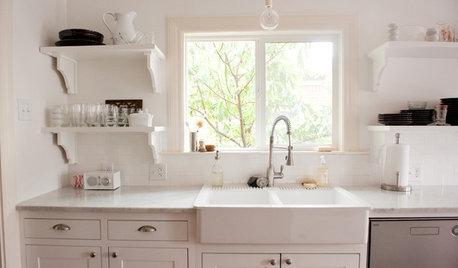
KITCHEN DESIGNKitchen Sinks: Easy-Clean, Surprisingly Affordable Ceramic
You get a lot for the price with ceramic sinks, and they're available everywhere. See the pros and cons here
Full Story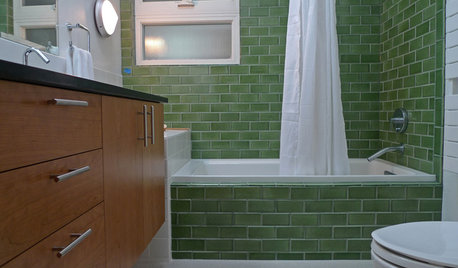
BATHROOM DESIGNBathroom Surfaces: Ceramic Tile Pros and Cons
Learn the facts on this popular material for bathroom walls and floors, including costs and maintenance needs, before you commit
Full Story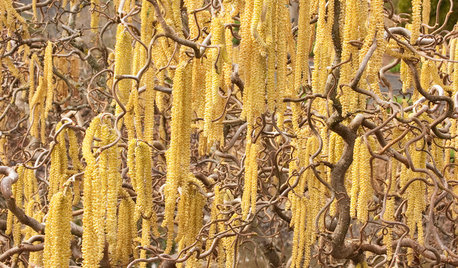
GARDENING GUIDESGreat Design Plant: Harry Lauder's Walking Stick
"Gnarly" is a compliment here — a twisted form and yellow catkins make this plant unforgettable in the winter landscape
Full Story
ORGANIZINGStick to Your Resolutions: Help From a Pro Organizer
Accomplish your goals — from decluttering to rediscovering fitness — for real this time
Full Story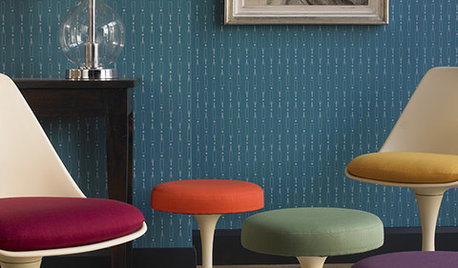
MORE ROOMS5 Terrific Non-Permanent Design Tweaks
Nomads, Take Note: Turn That Temporary Living Space Into a Creative Outlet
Full Story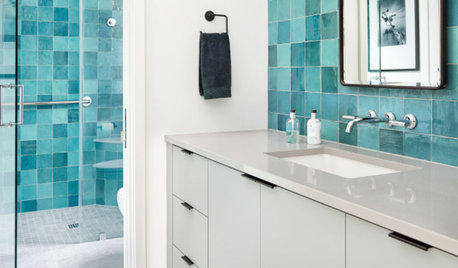
TILEPorcelain vs. Ceramic Tile: A Five-Scenario Showdown
Explore where and why one of these popular tile choices makes more sense than the other
Full Story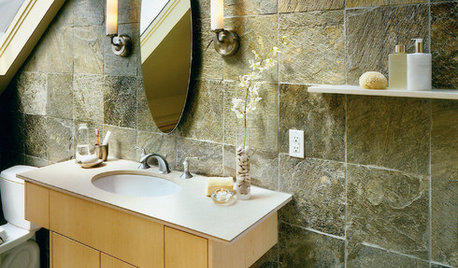
REMODELING GUIDESGet Stone and Ceramic Surfaces Super Clean
Keep your kitchen or bathroom looking as good as on installation day with the right cleaning methods for counters and tiles
Full Story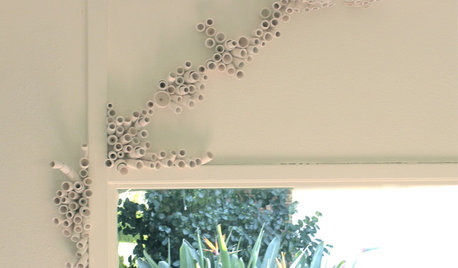
DECORATING GUIDESInterview: Ceramic Art Goes Vertical
Nature Inspires the Amazing Wall Installations of Katherine Dube
Full Story
TILETop Tile Trends From the Coverings 2013 Show — the Wood Look
Get the beauty of wood while waving off potential splinters, rotting and long searches, thanks to eye-fooling ceramic and porcelain tiles
Full Story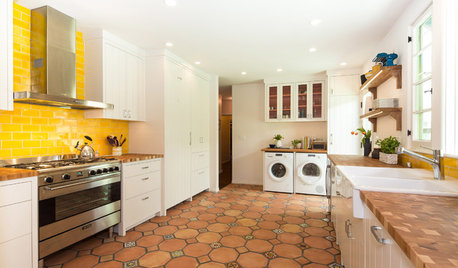
KITCHEN DESIGNNew This Week: 4 Surprising Backsplash and Countertop Pairings
Make your kitchen workspace stand out with colored ceramic tile, back-painted glass, butcher block and more
Full StoryMore Discussions






summerstar
danab_z9_la
Related Professionals
Fort Wayne Furniture & Accessories · Los Angeles Furniture & Accessories · Toledo Furniture & Accessories · Wichita Furniture & Accessories · Atlantic Beach Furniture & Accessories · Robbinsdale Furniture & Accessories · Hemet Kitchen & Bathroom Designers · Cherry Hill Kitchen & Bathroom Designers · Key Biscayne Kitchen & Bathroom Remodelers · Ogden Kitchen & Bathroom Remodelers · Oxon Hill Kitchen & Bathroom Remodelers · Republic Kitchen & Bathroom Remodelers · Spokane Kitchen & Bathroom Remodelers · Walnut Creek Kitchen & Bathroom Remodelers · Winchester Kitchen & Bathroom Remodelers